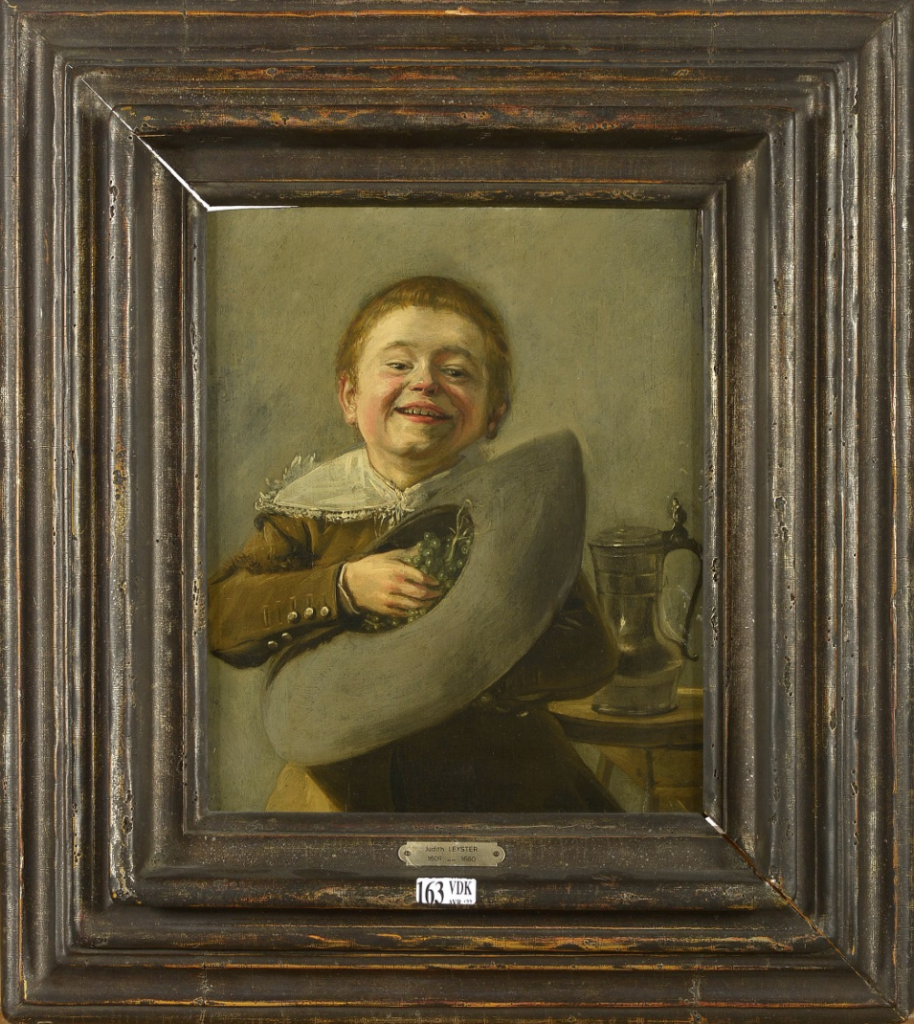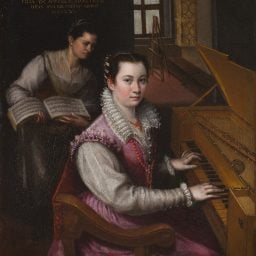A painting tentatively attributed to the Dutch Golden Age painter Judith Leyster (1609–60), whose entire body of work was misattributed until 1893, has fetched more than 125 times its original high-estimate, leading to speculation it may indeed be by the hand of the Old Master herself.
The work, painted around 1629 and depicting a small, smiling boy holding grapes in his hat, sold on April 26 at an auction organized by Vanderkindere in Brussels. Originally estimated to sell for a high of €1,800 ($1,900), the work eventually sold for €230,000 ($242,600), a nearly 200 percent jump.
Leyster, known today for her portraits, still lifes, and genre paintings, was among the tiny handful of women painters to emerge during the Dutch Golden Age, when artists like Frans Hals, Rembrandt, and Pieter Claesz made their careers.
The daughter of a humble brewer, Leyster began painting at a young age after becoming a member of the Haarlem painters’ guild in 1633, after which she came into contact with painters like Hals.
Yet her association with him was detrimental to her posthumous reputation after her work was misattributed as his for decades. Many of her paintings, done in the tenebrist style of the Utrecht school, were unsigned, and she was only rediscovered in 1893 by officials at the Louvre after a widely admired painting believed to be by Hals was realized to be by her hand.
Scholars realized their mistake when they found that Leyster’s monogram, JL, had been crudely altered to an interlocking FH, the initials of Frans Hals.
The confusion, or perhaps deceit, led art historians on a winding path to find more of Leyster’s artworks, and in a contemporary art market where everything old is new again, her paintings have predictably appreciated considerably at auction.
In 2018, Christie’s London sold Merry Company (c. 1629) for $2.3 million, rocketing past the artist’s previous auction record of $606,909, set also by Christie’s London just two years prior.








